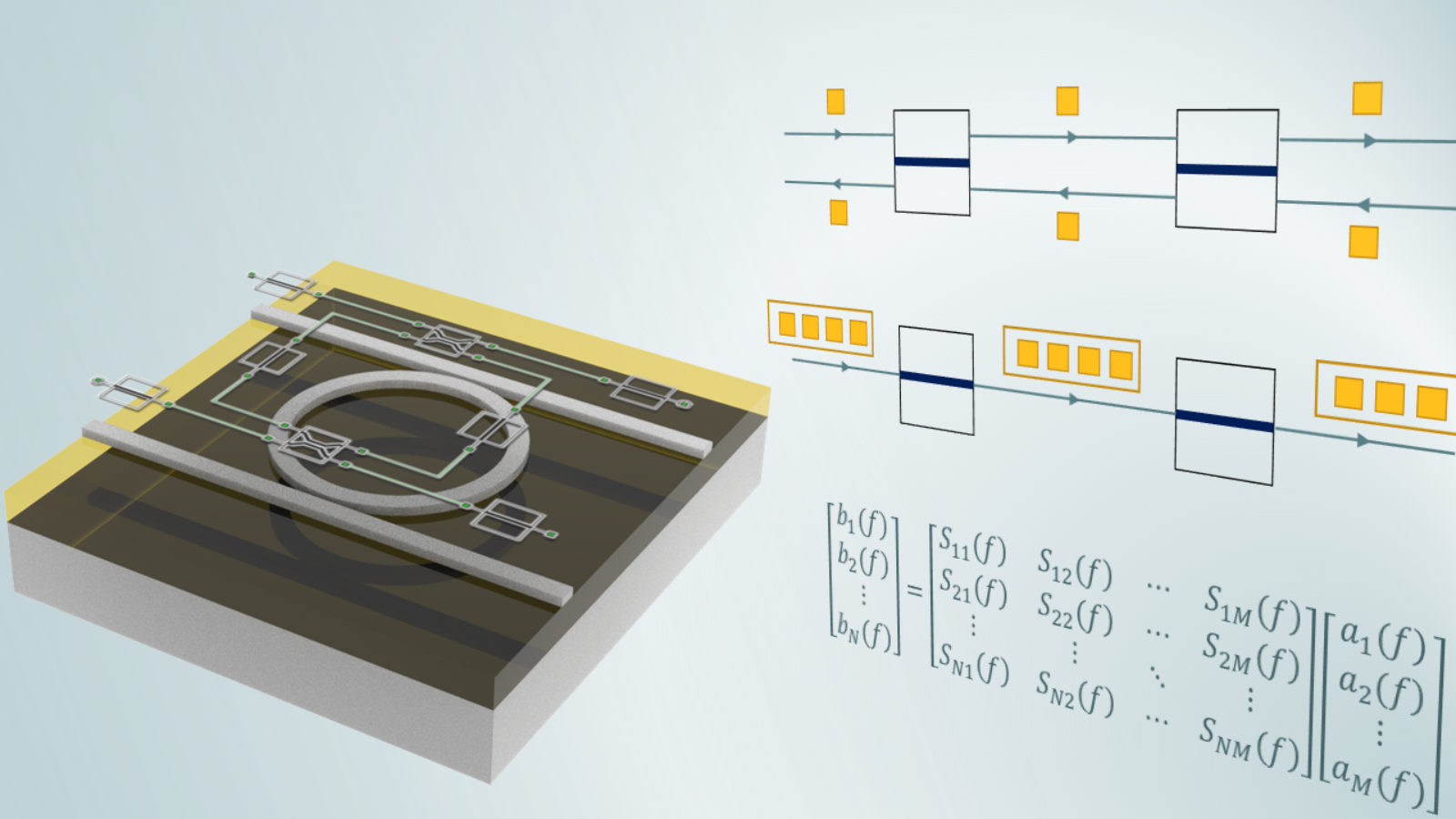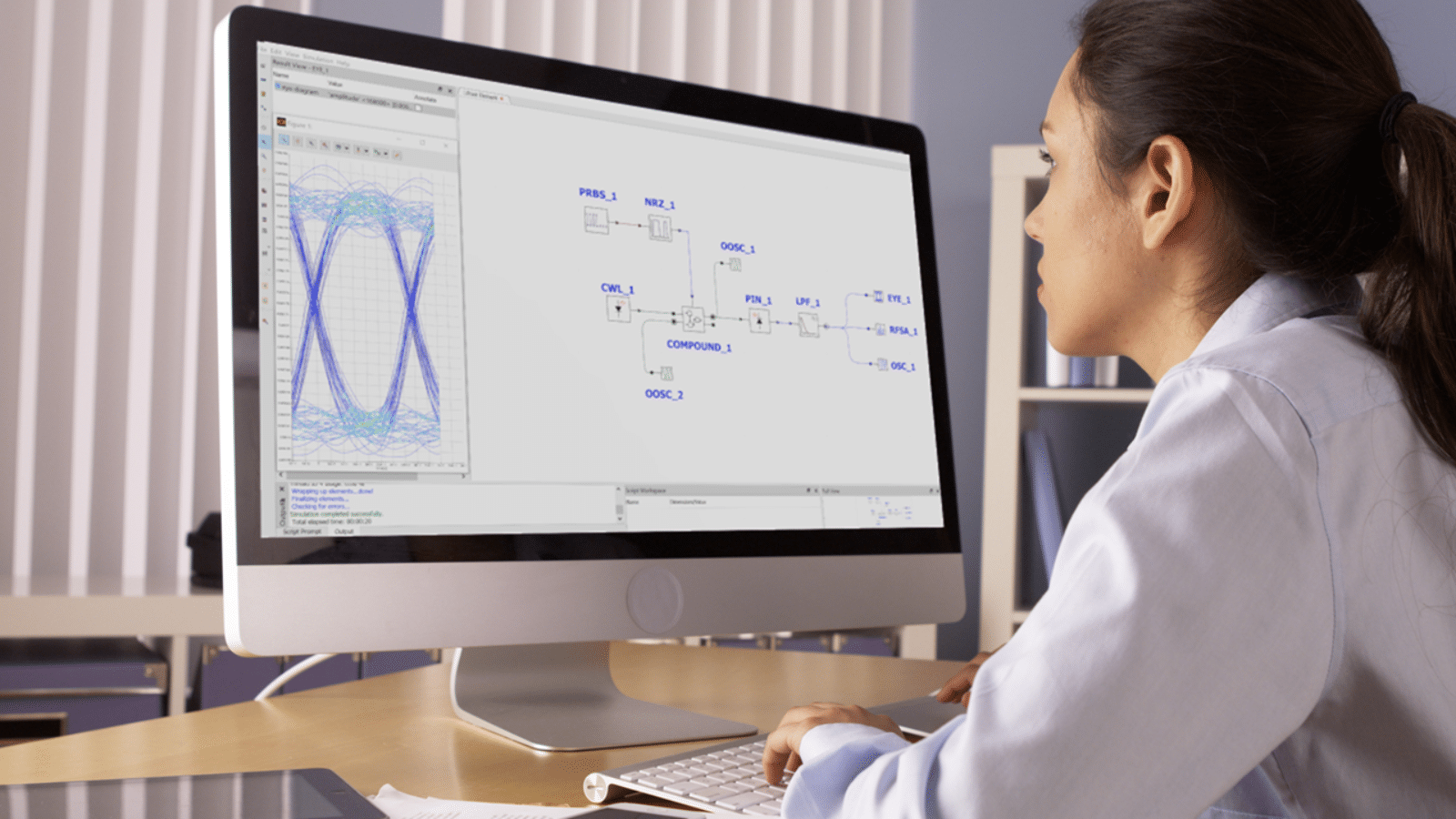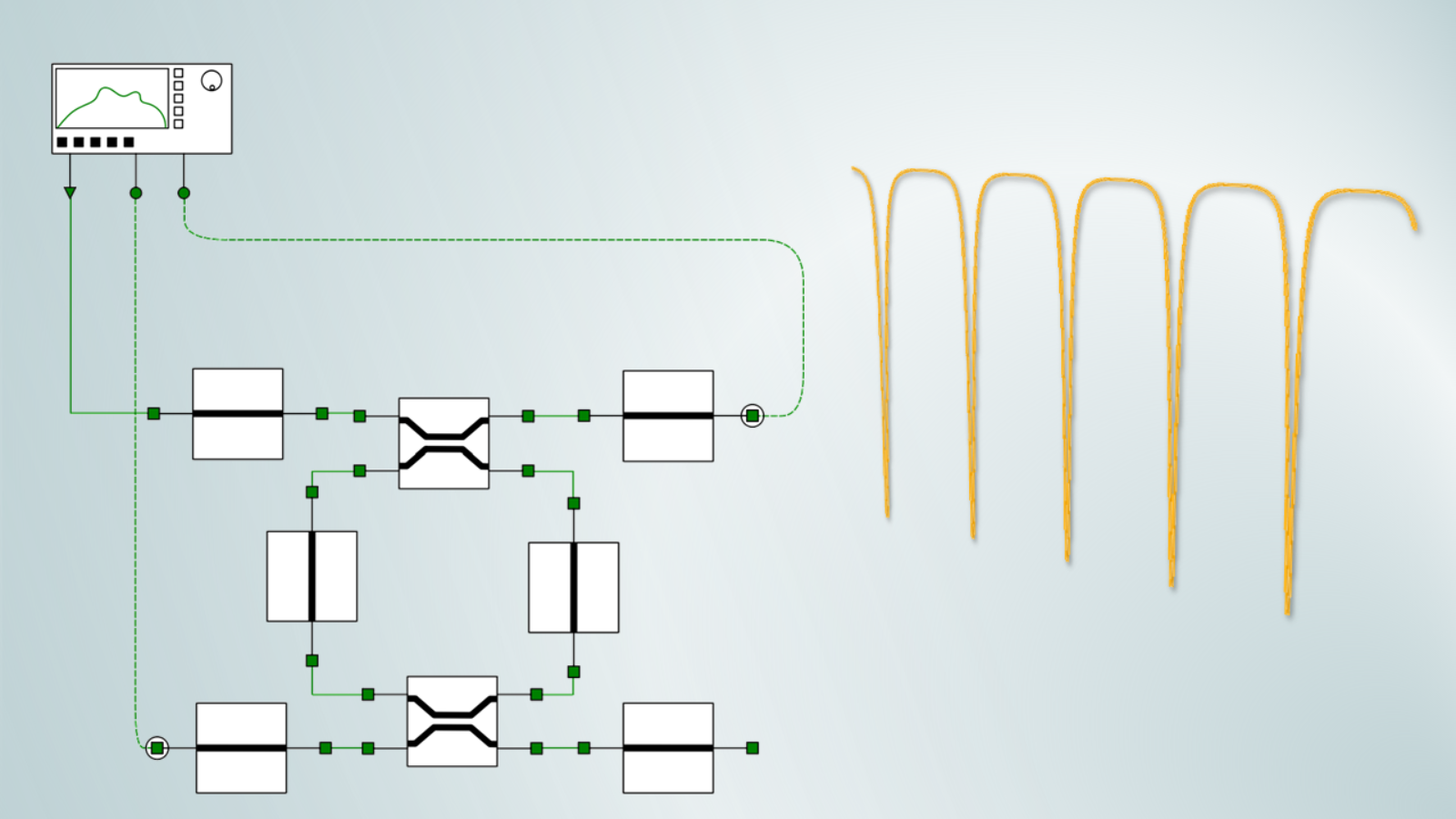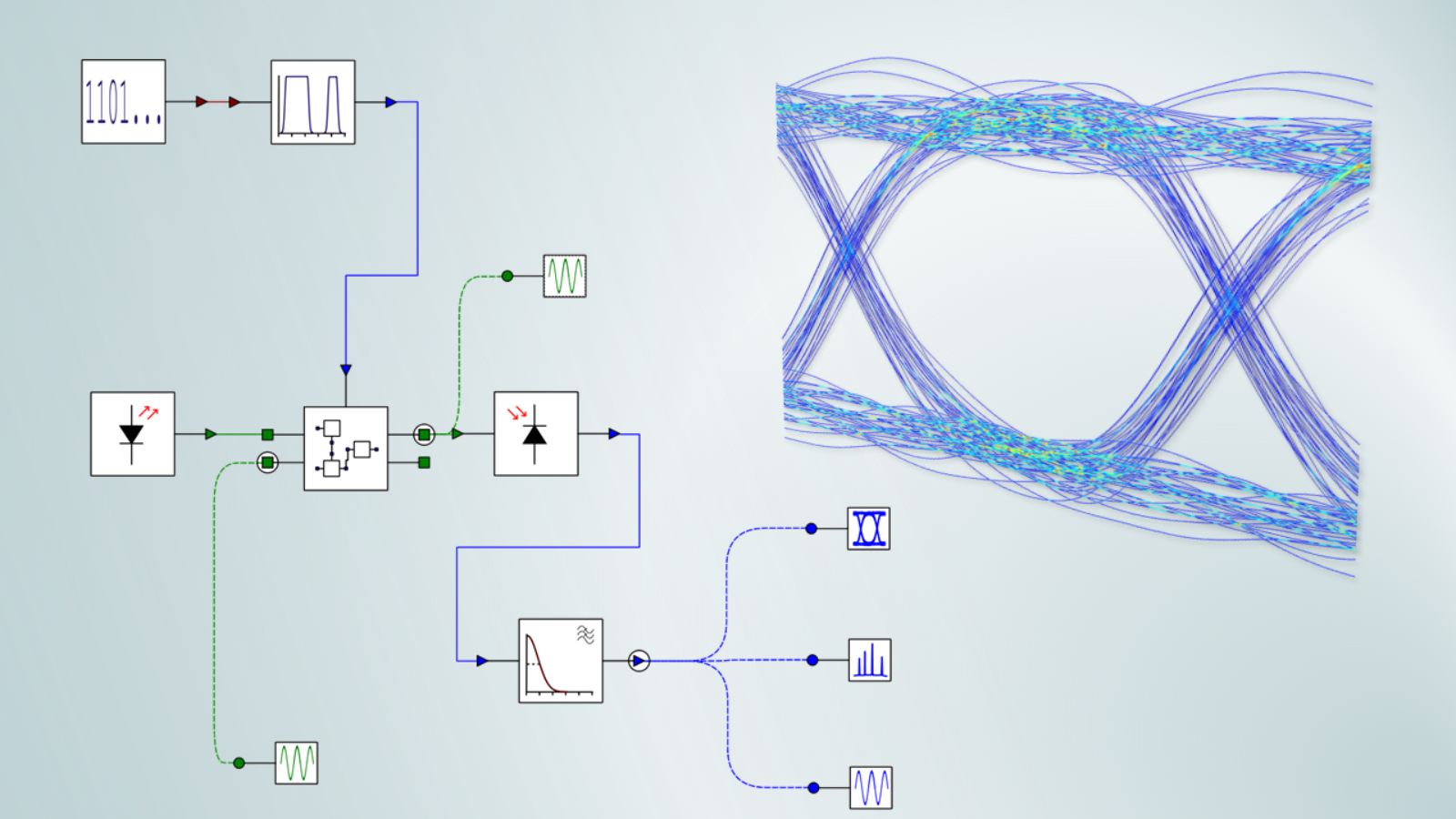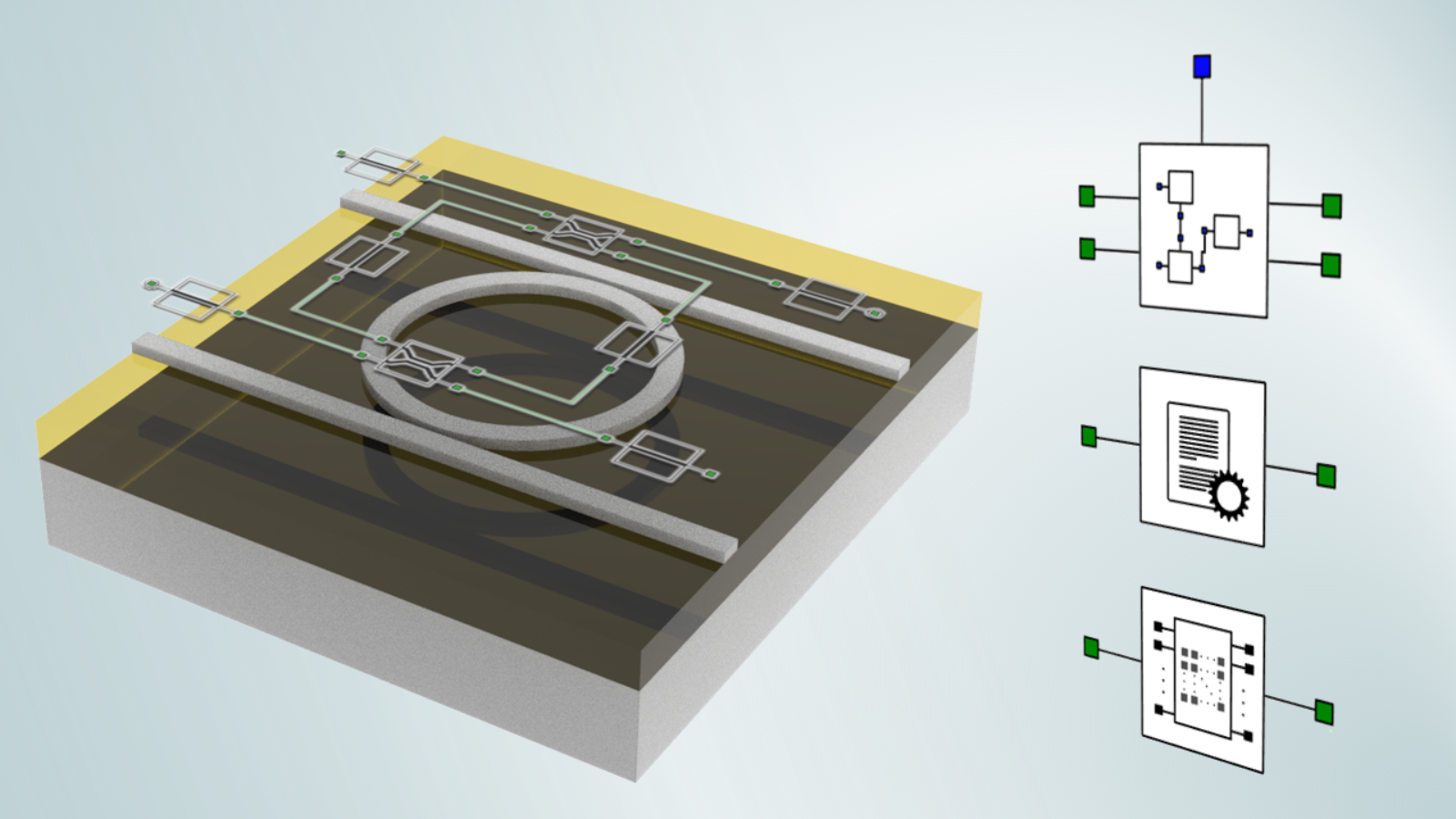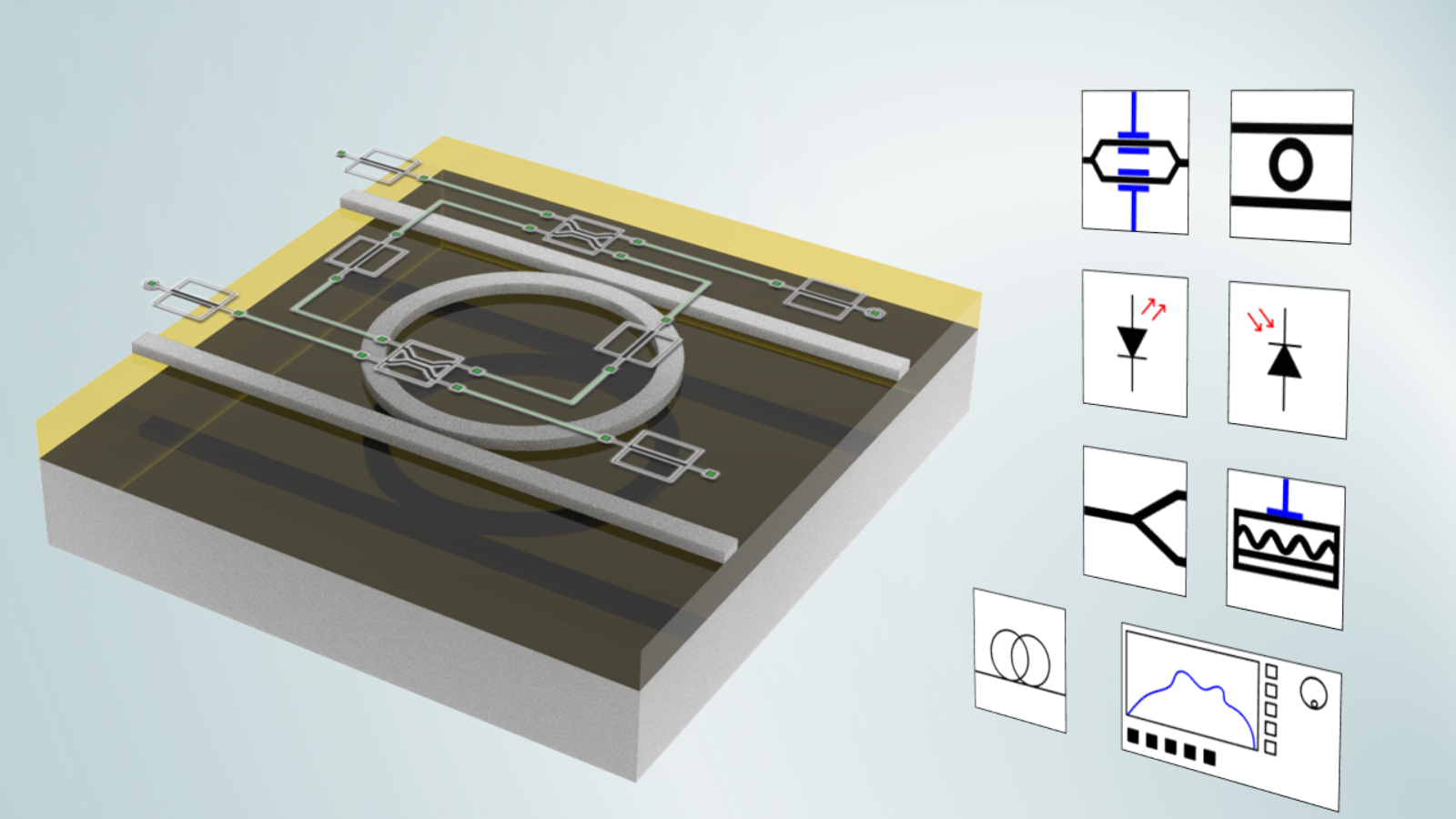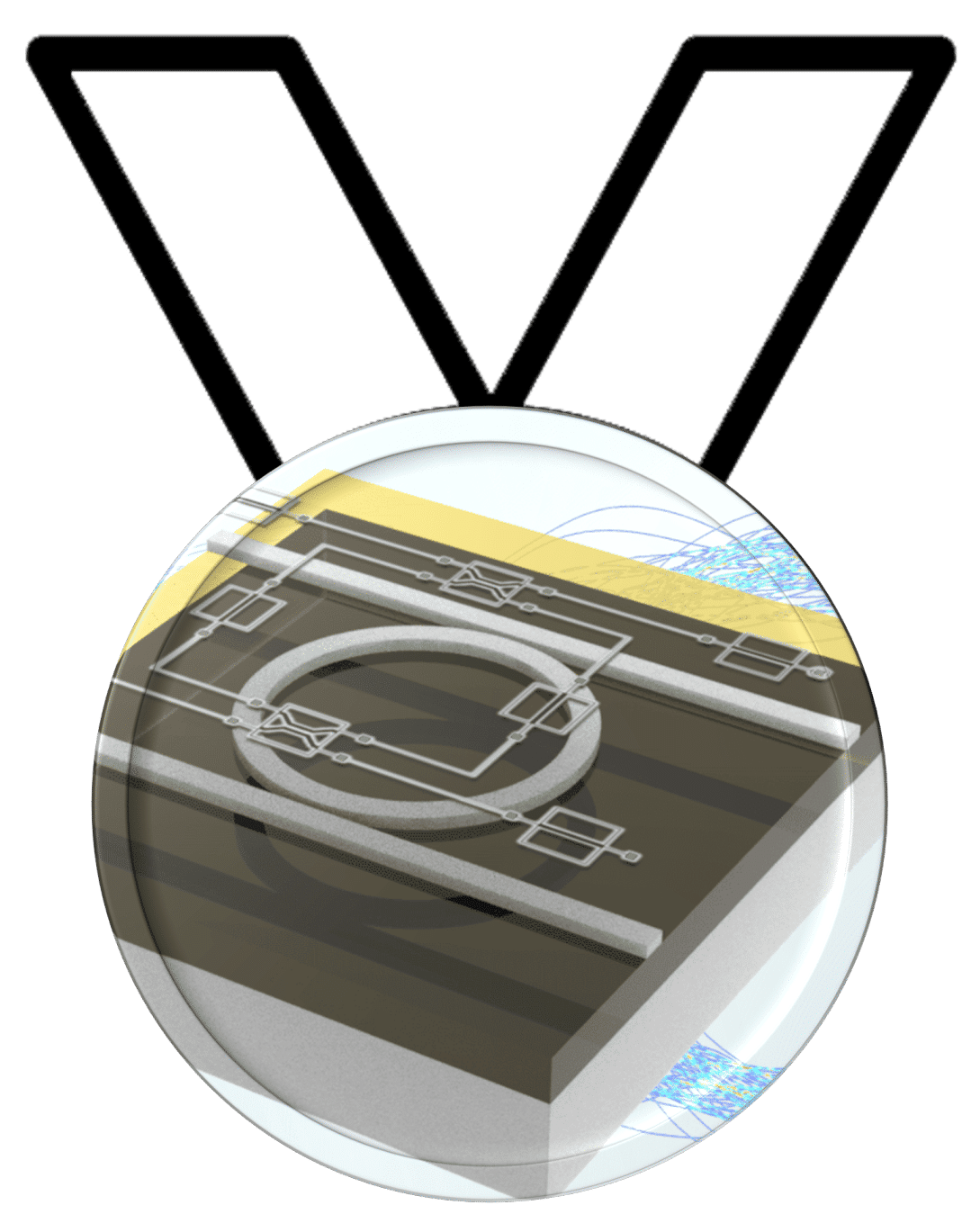
In this learning track, we will learn how to use Ansys Lumerical INTERCONNECT for photonic circuit simulations. We will begin by discussing the importance of circuit solvers in photonic integrated circuit (PIC) design. Following this, we will cover the basic workflow for INTERCONNECT simulations by going through a hands-on, step-by-step example. Then, we will discuss how and when to perform frequency-domain simulations. We will also learn about the scattering analysis algorithm used by the solver. Following this, we learn how to perform time-domain simulations with INTERCONNECT and discuss when to use each of the two-signal processing approaches (ample mode and block mode). We will then cover the basics of creating custom models by going through step-by-step examples of how to create three different types of custom models: S-parameter elements, compound elements, and scripted elements. Finally, we will learn how to build and publish a custom compact model library (CML) and understand the basics of working with published libraries.
